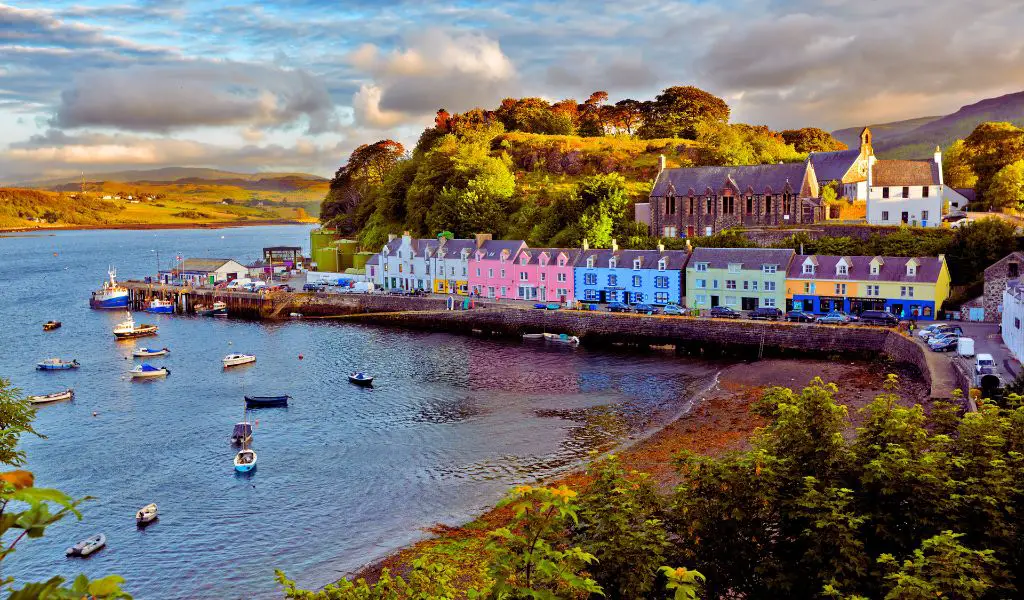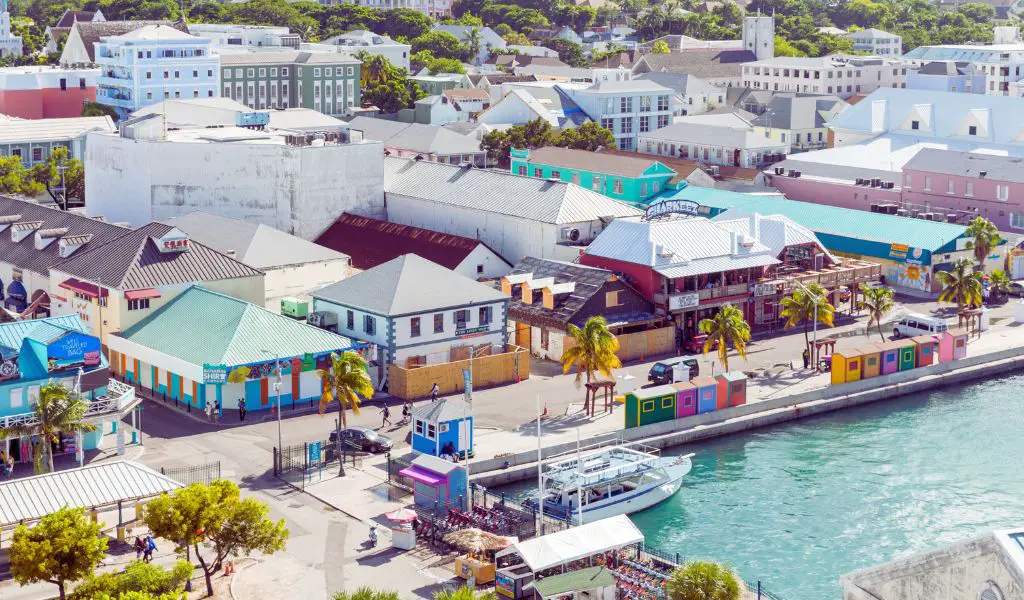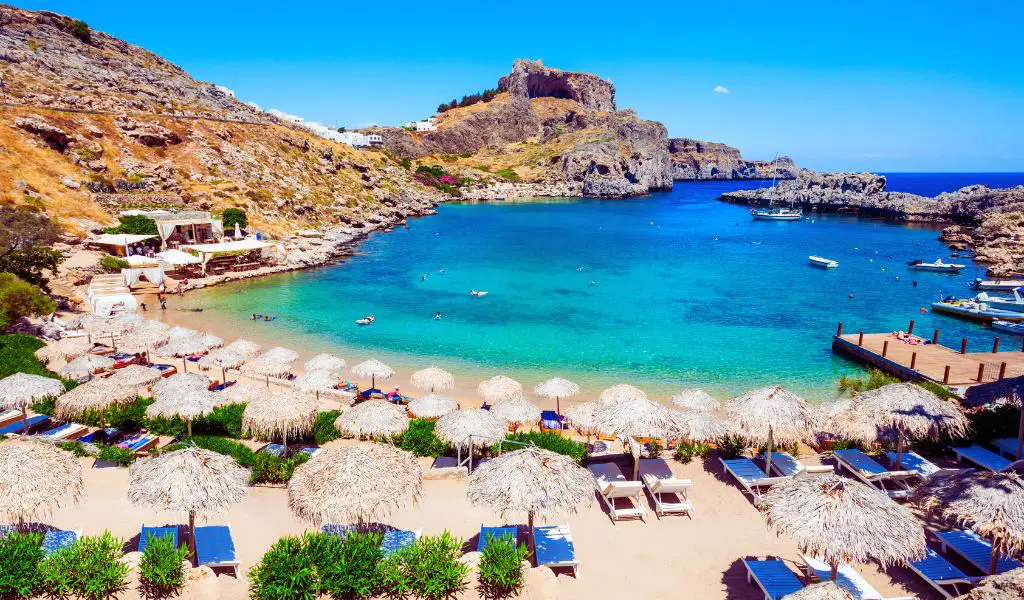Skye, the largest island in the Inner Hebrides of Scotland, is a gem known for its picturesque landscapes, fascinating geological features, and a rich tapestry of history. It occupies an area of about 639 square miles, boasting a coastline characterized by peninsulas and bays that weave into the crystal-clear Atlantic Ocean. The island is distinguished by its rugged topography, dominated by the mountainous core of the Cuillin Hills, which is a famous attraction for hillwalkers and mountaineers worldwide.
Geography
The island’s geography is quite diverse, ranging from moorlands to towering cliffs, from verdant pastures to dramatic sea lochs.
This geographical variety allows for a wide range of flora and fauna to thrive, making Skye a haven for nature lovers and wildlife enthusiasts.
The island’s dramatic cliffs are home to a variety of bird species, including the golden eagle, puffin, and the rare white-tailed sea eagle.
History
Historically, Skye has been inhabited for thousands of years, with evidence of early Norse and Celtic settlements.
Dunvegan Castle, the oldest continuously inhabited castle in Scotland, resides here, offering insights into the island’s past and the legacy of the Clan MacLeod.
Skye also has a rich Gaelic culture and tradition, and Gaelic is still spoken by a significant portion of the population.
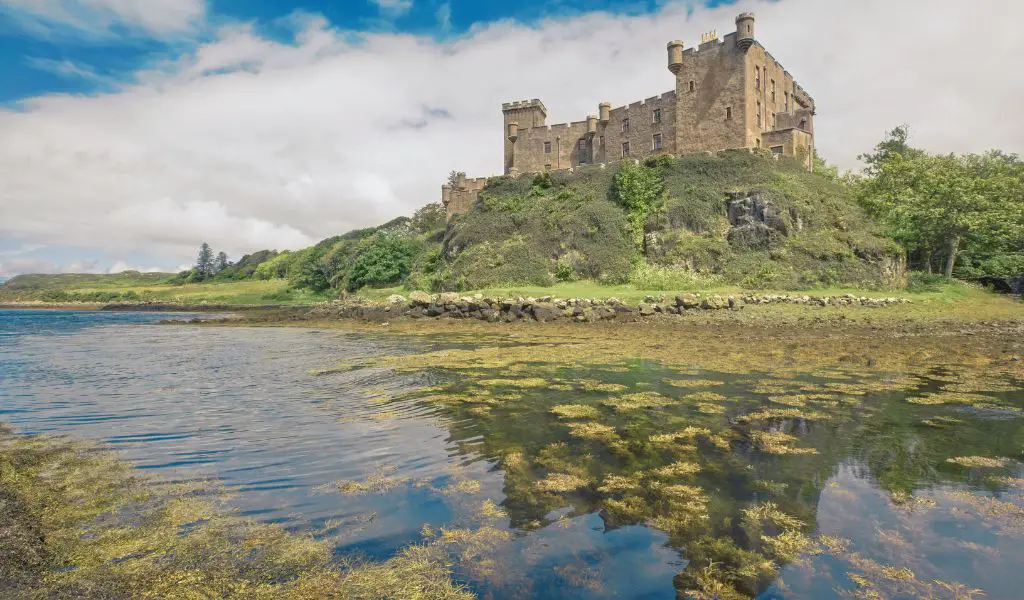
Activities
Outdoor activities abound on the island.
Hiking, trekking, and mountaineering are popular, given the island’s varied terrain and picturesque views.
The Quiraing and the Old Man of Storr are popular hiking spots, offering panoramic views of the island and the sea.
On the other hand, boat tours are an excellent way to explore the island’s marine life and coastal features.
Population
Skye is home to about 10,000 people, most of whom live in the main towns of Portree, Broadford, and Dunvegan.
The island has a tight-knit community, with a significant portion of the population speaking Gaelic.
When to Go
The best time to visit Skye is between May and September when the weather is relatively mild and dry.
However, the island offers different attractions all year round, with quieter periods outside of these months offering a unique charm.
How to Get There
Skye is connected to mainland Scotland by a road bridge. You can also get there by ferry from Mallaig to Armadale.
The island has good bus services, and car hire is also available.
Highlights
Skye’s highlights include the Old Man of Storr, the Quiraing, the Fairy Pools, Neist Point, and Dunvegan Castle.
Each offers a unique slice of Skye’s natural beauty and cultural heritage.
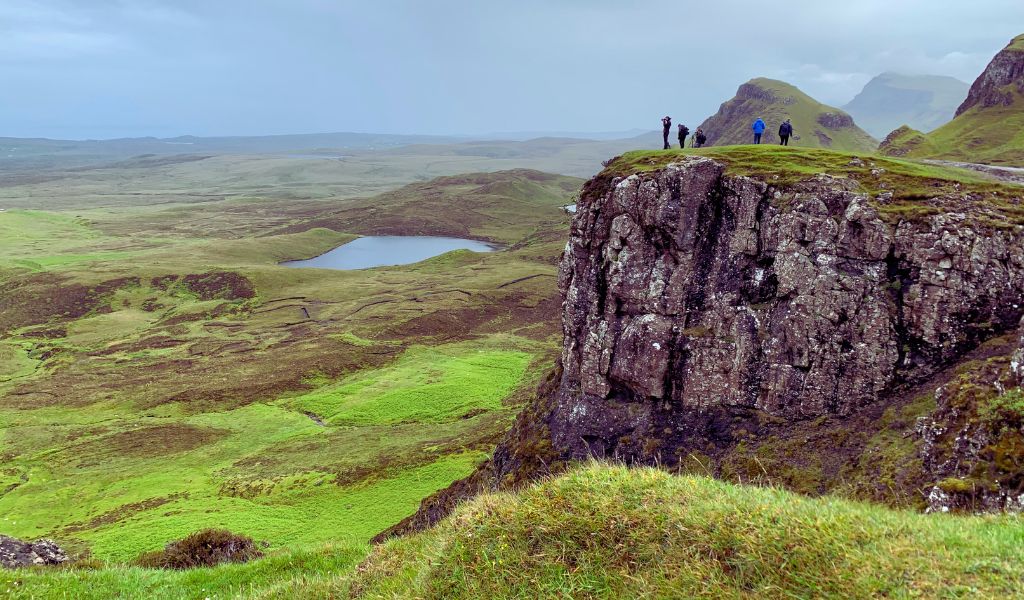
What You Should Know
It’s essential to be prepared for changeable weather, even during the summer months.
Also, be aware that some rural areas don’t have mobile coverage, so plan your travels accordingly.
FAQs
Do I need a car on Skye?
While public transport is available it is recommended to have your own transport.
Is it safe to drink tap water on Skye?
Yes, tap water is safe to drink.
Are there ATMs on Skye?
Yes, ATMs are available in the main towns, but it’s advisable to carry some cash, especially for smaller businesses and rural areas.

